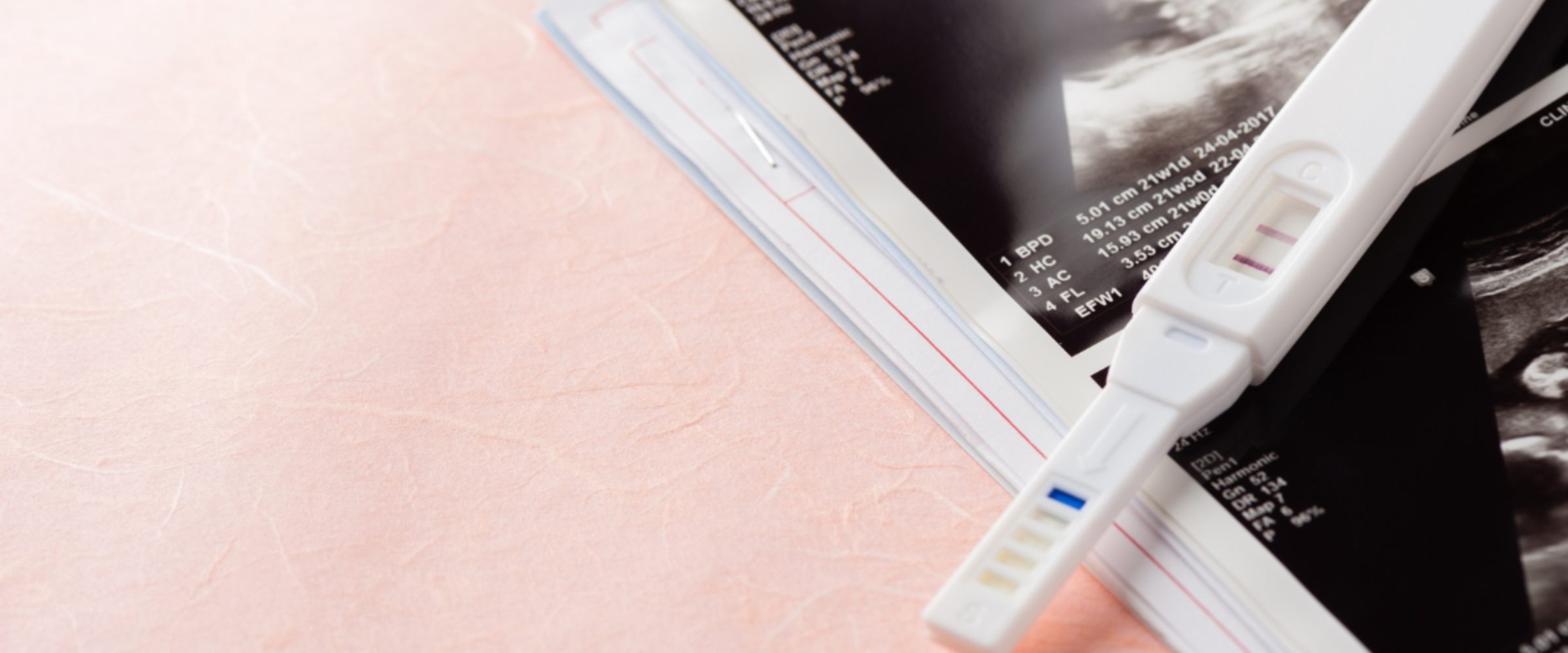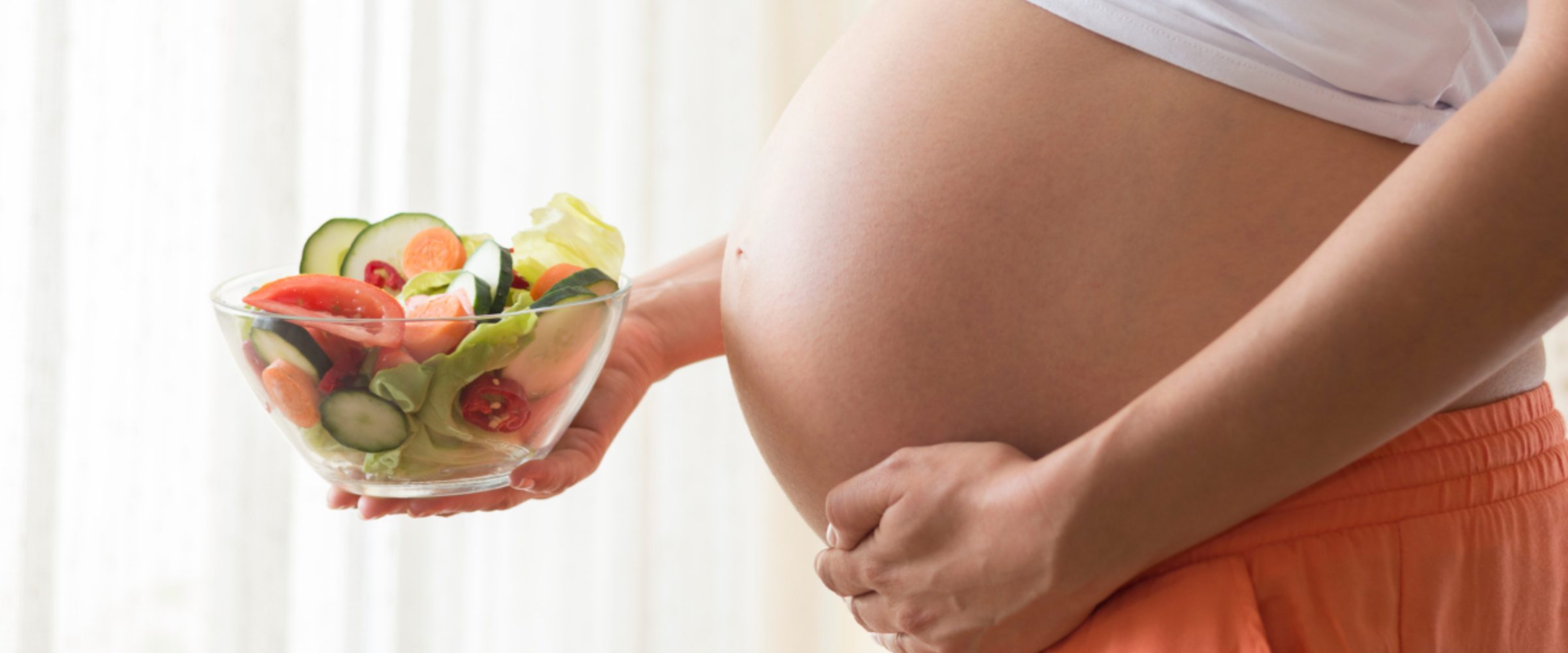4 min|Rhiannon Lockhart
4 Foods to Avoid When Trying to Get Pregnant
Sexual Health, HormonesIf a pregnancy is in your future plans, especially anytime within the next year, it’s time to start focusing on a better nutrition plan to support your fertility, a healthy pregnancy and a nourished child.
According to the World Health Organization, around 48 million couples will be affected by infertility across the globe, defined as the failure to achieve pregnancy after 12 months. Data from 2012 puts infertility rates anywhere from 11.5-15.7 percent, with a significant rise in infertility if the female partner was 35-44 years old.

Here are 4 Foods to avoid when trying to conceive
1. High-Mercury Fish
We know that reducing or removing high-mercury fish in pregnancy is important for the health of our child. In fact, one study found that, although low-levels of mercury had minimal effect on most behaviours, it did correlate with anxiety levels in children. But did you know that mercury levels pre-pregnancy can impact both male and female fertility? High levels of mercury were associated with sperm DNA damage, abnormal sperm morphology and motility, and higher incidence of hormone disorders. (1)(2)
2. Ultra-processed foods and refined sugar
Ultra-processed foods include those with a list of ingredients that you probably can’t pronounce. They typically include a list of preservatives, fillers, oils and sugars to keep it shelf-stable and tasty; think chips, cookies, candy, microwave dinners, etc. Often, these foods are also high in refined sugar or carbohydrates with low fibre and protein.
Studies have shown that diets with a high glycemic load and high carbohydrate to fibre ratio were associated with reduced fecundability and ovulatory infertility. (3)(4) Those with a greater intake of the Western diet had decreased sperm concentration and poorer sperm morphology. Sugary drinks and sweet snacks are also correlated with lower sperm concentration, while high-carbohydrate foods are related to abnormal total sperm motility and progressive motility. In females, soda and energy drinks were associated with lower fecundability (the probability of achieving a pregnancy within one menstrual cycle or the ability to achieve a live birth from one cycle's exposure to the risk of pregnancy), and higher intake of soda was associated with lower total, mature and fertilized oocytes (egg cell) and top-quality embryos after ovulation.
3. Alcohol
Recent statistics by the Canadian Centre on Substance Use and Addiction (CCSA) suggest that people have no more than 2 alcoholic drinks per week. This is important to remember as some studies have shown that females consuming as few as 5 alcoholic drinks per week have reduced fecundability. Omitting alcohol is important through the pregnancy, however information also makes it clear that reducing or removing alcohol while trying to conceive may support fertility.
4. Low-fat dairy
Some studies suggest avoiding saturated fats and increasing monounsaturated fats to support fertility. However, one outlier to note is dairy, which contains saturated fats. In other studies, it was shown that low-fat dairy increased the risk of having anovulatory cycles (a menstrual cycle where ovulation does not occur). If you choose to eat dairy, make sure you choose full-fat options.

Other things to look out for:
Consider reducing caffeine intake
According to the American Society of Reproductive Medicine, 1 to 2 cups of coffee per day, or equivalent, during preconception and through pregnancy have no adverse effects on fertility or pregnancy outcomes. Consuming 300mg or less of caffeine shows no change in a person’s ability to conceive within 1 year. However, those consuming 500mg or more of caffeine, daily, seem to take longer to become pregnant.
Stop undereating
A baby can’t grow in an unsafe space. When our caloric intake is too low, it reduces our luteinizing hormone, possibly contributing to anovulatory or irregular cycles. Energy availability and needs differ between females. This means that some people can run marathons and consume a moderate calorie diet and have no change in their menstrual cycle, while others need to ensure they increase their food consumption and choose other forms of exercise.
Consider reducing gluten intake
It is estimated that 1 percent of the Canadian population deals with celiacs disease, however 90% of those cases are still undiagnosed. Those with celiac disease (known or undiagnosed), have reduced fertility rates while consuming gluten. While data isn’t clear on non-celiac gluten sensitivity, anecdotal trials of fertility success with a gluten-free diet show promise.
Watch for environmental toxins
We live in a world where you are exposed to environmental toxins on a daily, if not hourly, basis. However, studies today are showing the greater impact that environmental toxins have on fertility. This includes exposure to common substances like alcohol, tobacco, cannabis and plastics that have potential to damage sperm, eggs and the developing fetus. Metals and chemicals in air, water, and food, as well as health and beauty aids are correlated with decreasing sperm count in males and increased anovulation and impaired implantation.
Related Articles

4 min|Dr. Alex Chan
EBOO for Chronic Inflammation: A Natural Approach for Systemic Relief
Regenerative Medicine, EBOO Therapy
4 min|Dr. Alex Chan
EBOO Therapy for Autoimmune Conditions: Exploring the Potential Benefits
Autoimmune Disease, Regenerative Medicine, EBOO Therapy


